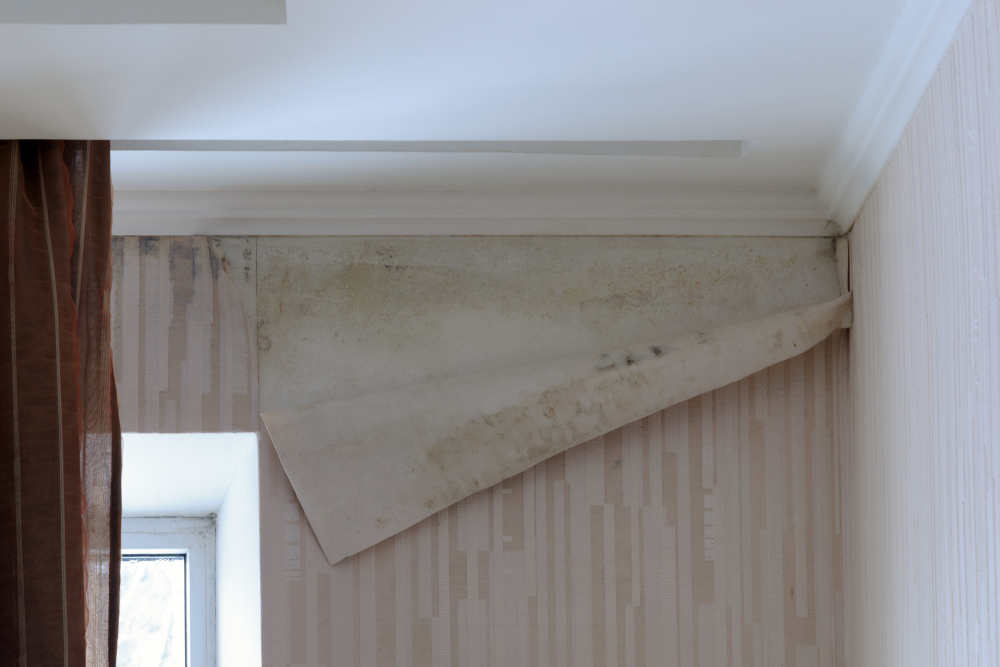MycoToxin Testing

Mycotoxins can be produced by mould growing on a wide variety of surfaces and materials in the home, especially in areas with water damage. Water damage in homes, caused by leaks, flooding, or condensation, creates a damp environment conducive to the growth and reproduction of mould spores. Mould colonies can develop rapidly on organic materials like wood, drywall, and carpet, thriving in high humidity. As mould matures, certain species produce toxic compounds called mycotoxins, which can become airborne or contaminate surfaces. Exposure to mould and mycotoxins can lead to respiratory problems, allergic reactions, and other severe health issues, particularly for sensitive individuals.
From our research, we have found that the mycotoxins can remain in the area long after the mould has been removed. As mycotoxins are chemical-based, conventional air scrubbing or air filtration devices (AFDs) will not be able to eliminate them. The mycotoxins typically measure 0.1 to 0.01 microns in size, making their extraction through filtration virtually impossible. We have seen this issue over and over again in areas where certified mould remediators have been engaged to professionally remediate the area. However, the occupants did not experience any improvement in their health symptoms, and typically, we find that the mycotoxins from the previous mould growth are still present.

